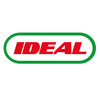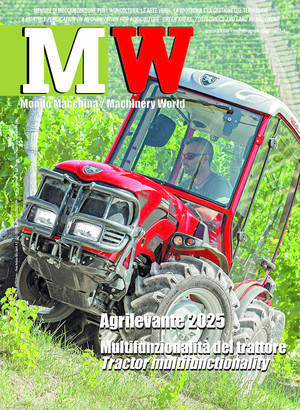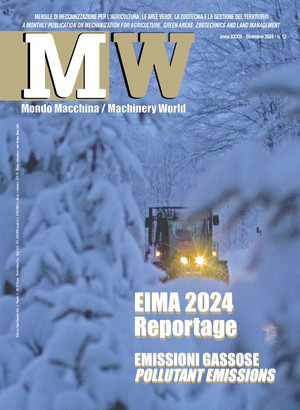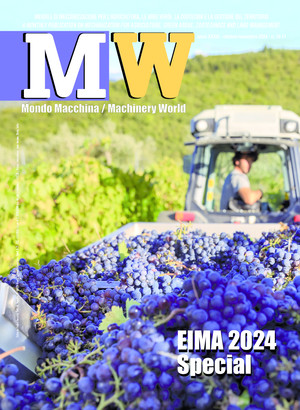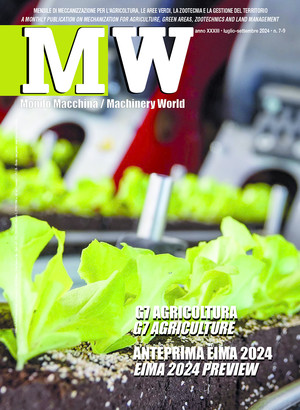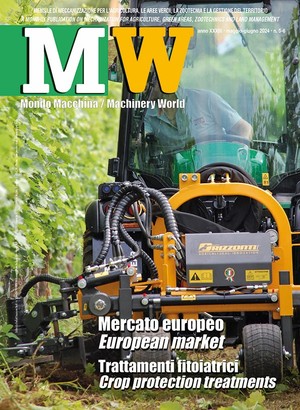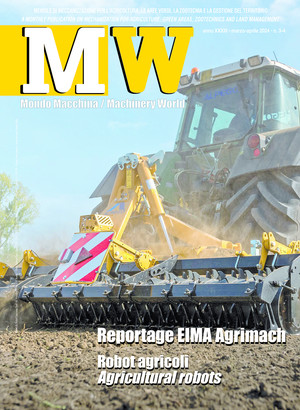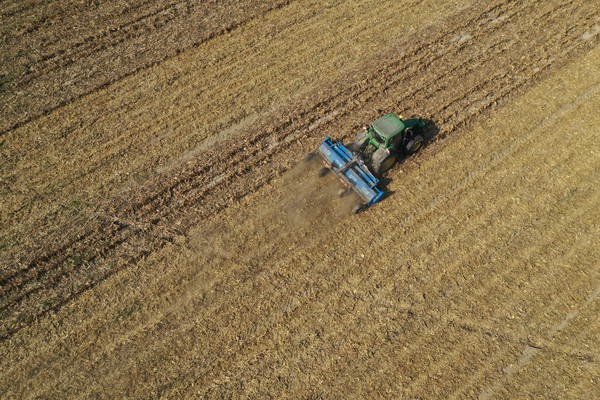
Agriculture 4.0, investments slowing down
Purchases of high-tech vehicles and systems will decrease by 8% in 2024 compared to 2023, going from EUR 2.5 to 2.3 billion. The decline is caused by lower agricultural incomes and fewer public incentives. Only 42% of Italy's farms are “smart”
In 2024, the national agriculture 4.0 market showed a sharp downturn, falling 8% from 2023 to settle at EUR 2.3 billion (compared to 2.5 billion in 2023). The lack of investments was not, however, across the board but rather mostly affected a few specific digital systems. The high-tech machinery and equipment segment, for example, was particularly negatively impacted by the decline in demand, whereas the software platforms, monitoring devices and mapping technologies segment exhibited good resilience, even reporting an increase in sales. These are the conclusions of a research study done by the Smart AgriFood Observatory of the Milan Polytechnic and the RISE (Research & Innovation for Smart Enterprises) Laboratory of the University of Brescia, which was presented on February 13 during the conference “Smart Agrifood: it's time for a new awareness”. According to the report, the drop in purchases in the 4.0 sector was caused by a variety of factors, such as the decline in agricultural incomes, the reduction of government incentives and the frequency with which farmers have made investments in high technology in recent years. But the performance of the sector has mainly been influenced by the ability to access public subsidies. The Observatory report shows that the vast majority of agricultural companies that have invested in digital solutions – some 84% – have used government incentives and that 81% of manufacturers identify these subsidies as an important purchasing driver. Yet, as the Observatory report points out, despite the strong public support for investments in high technology, smart farms are still less than half of the total (41%). This technological gap, as was set out during the presentation of the report, is also due to the undersizing of Italian farms, which are unable to achieve the economies of scale necessary to support expensive purchases such as those in smart systems. “In 2024, for the first time, we witnessed a slowdown in the market, mainly due to a decline in investment in agricultural machinery, although there was significant growth in software solutions. It is now clear that the challenge arises first and foremost from the primary sector – explained Andrea Bacchetti, Director of the Smart AgriFood Observatory – it arises first and foremost from the primary sector, with consortia, cooperatives and processing companies having the important role to play of guiding various farms and agricultural suppliers to make greater use of digital solutions, by means of greater financial incentives and emphasis on the quality of the crops these actors produce”. In a scenario like that at present, characterized by the consequences of climate change, price volatility, low profitability of agriculture and the impoverishment of land and biodiversity, digital innovation represents a stabilizing factor, which can increase the resilience and sustainability of the primary sector. The use of Decision Support System (DSS) technologies on durum wheat in Turkey - said Chiara Corbo, director of the Smart Agrifood Observatories - has led to a 35% reduction in the nitrogen added to the crop and a 6% increase in yield. The use of the same technology in Italy on an industrial tomato crop – as Corbo stated – has led to an increase in yield with a reduction of agronomic inputs, generating an overall net savings of EUR 400 per hectare. Several factors are driving the digitalization of the primary sector, such as the need to improve forecasting ability (41%), the need to improve the farmer's control and management activities (38%), and the need to improve field work planning (32%).

